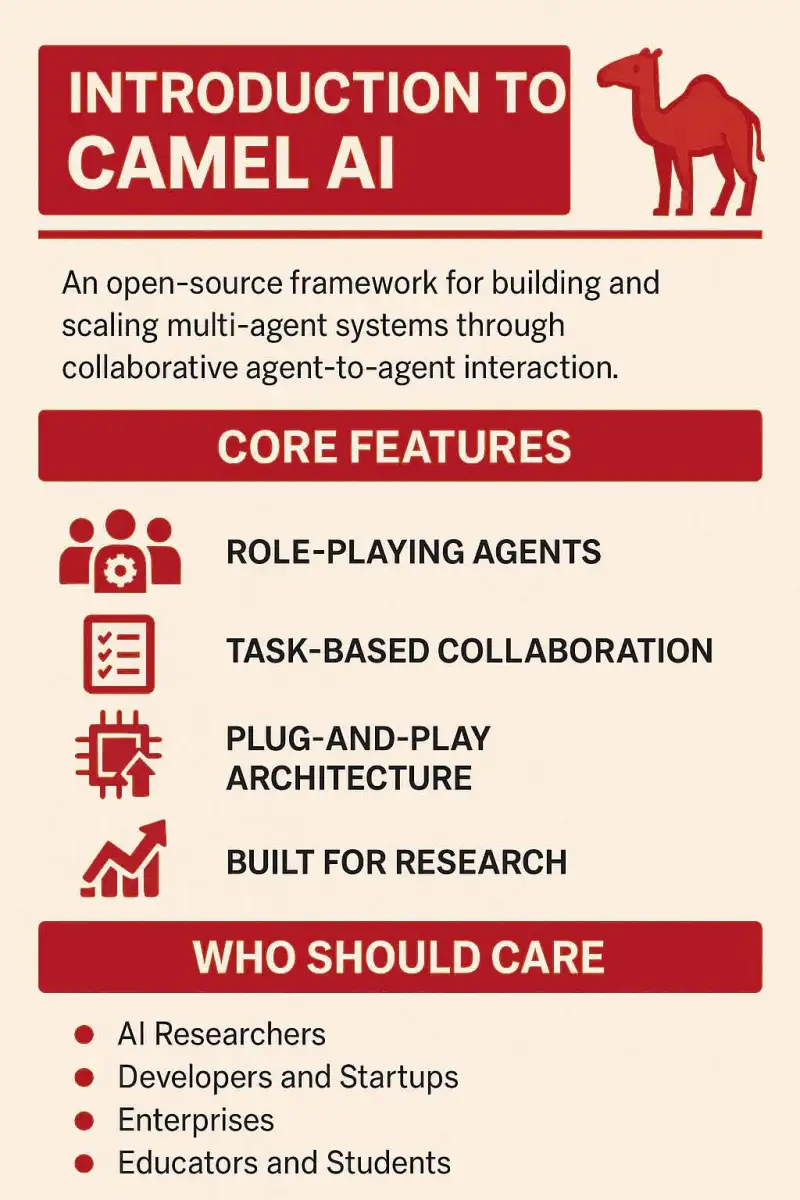
Security Challenges of MCP
The Model Context Protocol (MCP) has revolutionized the way AI agents interact with external tools, offering dynamic and context-aware capabilities. However, its rapid integration into AI systems has unveiled several security vulnerabilities that developers and organizations must address proactively.
What is MCP?
MCP serves as a communication bridge between AI models and external tools, enabling agents to perform complex tasks while maintaining contextual memory across sessions. This functionality, while powerful, introduces potential security risks due to the intricate nature of agent-tool interactions.
Vulnerabilities in MCP
1. Tool Poisoning Attacks (Severity: High)
Attackers can embed malicious instructions within MCP tool descriptions. These hidden directives are invisible to users but can be interpreted by AI models, leading to unauthorized actions or data breaches. For instance, compromised tools might exfiltrate sensitive information like API keys.
2. Prompt Injection (Severity: High)
In MCP systems, prompts function similarly to executable code. If not properly validated or isolated, malicious prompts can manipulate agent behavior, leading to unintended operations or security breaches.
3. Untrusted MCP Servers (Severity: High)
Connecting to unverified MCP servers poses significant risks. Such servers can be hijacked to modify toolsets or execute "rug pull" attacks, where trusted instructions are replaced with malicious ones.
4. Weak User Interfaces (UI) (Severity: Moderate)
Inadequate UI designs may lack transparency regarding agent actions, making it difficult for users to monitor or control operations. This obscurity can allow malicious activities to go unnoticed.
5. Cross-Origin Interactions (Severity: Moderate)
Interactions between multiple MCP servers can introduce cross-origin security challenges. Without proper safeguards, malicious servers might exploit these interactions to compromise trusted systems.
6. Shadowing of Tool Descriptions (Severity: Moderate)
Mixing trusted and untrusted prompts within the same context can enable attackers to overshadow legitimate tools with malicious counterparts, complicating security management.
7. Command Injection (Severity: Moderate)
Hackers can conceal commands within seemingly benign content, such as emails or messages. When AI assistants process this content, it may trigger unauthorized actions like data theft or system command execution.
8. Server-Sent Events (SSE) Vulnerabilities (Severity: Moderate)
MCP's reliance on SSE architecture means connections remain open even after data transmission. This persistent connection can lead to latency issues and potential data tampering.
9. Privilege Escalation (Severity: High)
In certain scenarios, malicious tools can override the privileges of other tools. For example, a compromised tool might disrupt workflows by interfering with tools like Firecrawl.
10. Persistent Context Risks (Severity: Low)
MCP maintains context throughout an application's workflow. While beneficial, this persistence can lead to automatic tool executions without explicit human verification, posing potential risks.
11. Server Data Takeover/Spoofing (Severity: High)
Research indicates that attackers can intercept chat details and passwords from MCP servers, especially when compromised tools exploit the trust placed in selected servers.
Mitigation Strategies
- Adopt Trusted Infrastructure: Utilize only verified MCP servers, preferably those maintained by reputable organizations.
- Implement Security Scanning Tools: Employ tools like MCPSafetyScanner to audit MCP implementations for vulnerabilities, detecting suspicious behaviors such as data exfiltration or unauthorized command executions.
- Conduct Sandbox Testing: Run unverified code in isolated environments (e.g., Docker with network restrictions) to prevent unauthorized data transmission during testing phases.
- Enhance UI Design: Develop user interfaces that provide clear visibility into agent actions and require explicit user consent for sensitive operations.
- Maintain Version Control and Package Pinning: Strictly manage versioning and dependencies to prevent supply chain attacks via malicious updates.
- Establish Cross-Origin Guardrails: Design architectures that restrict interactions between multiple MCP servers unless explicitly authorized, mitigating cross-origin risks.
Emerging Solutions
- MCP Scan: An auditing framework designed to identify vulnerabilities in MCP implementations by analyzing code for suspicious imports, behaviors, and known attack patterns.
Summary
While MCP offers transformative capabilities for AI-agent ecosystems, its vulnerabilities underscore the necessity for robust security measures. Developers and organizations must proactively address these risks by adopting trusted infrastructures, employing advanced scanning tools, and designing secure user interfaces. As the MCP ecosystem continues to evolve, collaborative efforts between researchers and developers will be crucial in ensuring that its benefits are not overshadowed by security concerns.
By prioritizing security at every layer, from prompt design to server trust, MCP can continue to drive innovation without compromising safety.
Sources :
1. https://arxiv.org/pdf/2504.03767
2. https://simonwillison.net/2025/Apr/9/mcp-prompt-injection/
3. https://equixly.com/blog/2025/03/29/mcp-server-new-security-nightmare/
4. https://invariantlabs.ai/blog/whatsapp-mcp-exploited



